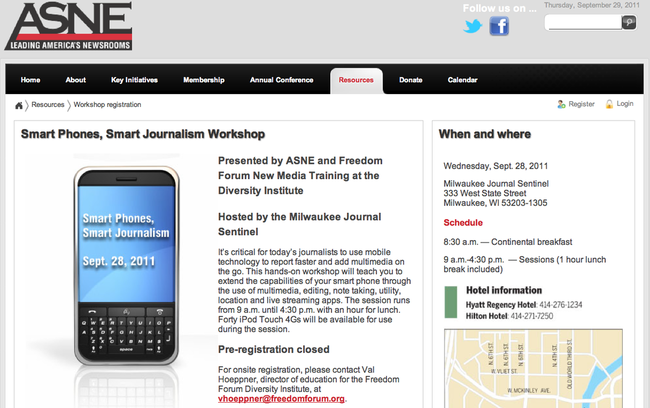
Today, my Digital Journalism II students begin focusing on how to use photography to enhance their multimedia storytelling. So the excellent daylong training session that five of my Diederich College colleagues and I attended yesterday could not have been more timely – or helpful in terms of revealing relevant mobile resources and tips.
More than 75 people – many of them working journalists – joined us at the "Smart Phones, Smart Journalism Workshop," presented by the American Society of News Editors (ASNE) and the Freedom Forum Diversity Institute. The Milwaukee Journal Sentinel hosted the event and Val Hoeppner, the institute's director of education and a multimedia guru, led the way by masterfully teaching how to use mobile technology better and faster.
Hoeppner showed us how to extend our smartphone's capabilities through apps for capturing and editing images, video and audio, as well as for note taking, utilities, geolocation and live streaming. Her Top 10 apps for journalists include Evernote, Dropbox, Photoshop Express, Camera+ and Free WiFi Finder. Evernote helped me take great notes from the presentation to share with my colleagues afterward – and one of my journalism students, Becca French, later pointed out that you can tweet selected copy from within the app after right-clicking your mouse.
Our guru stressed using an iPhone instead of Android and said that, as far as tablets go, news consumption is the No. 1 use of the iPad. Apple may have developers and consumers over a barrel, but its products work, she said.
Of course, tweeting and other social meeting was a primary concern. "It really behooves you as a journalist to get on with it and tweet," Hoeppner said, before adding "shame on you" to those covering beats and not using RSS feeds. Happy to report that our #mobilemedia11 hashtag had enough activity to trend on Twitter in Milwaukee. A shout-out to those of my #JOUR1550 students who retweeted many of my live tweets from the workshop.
Hoeppner implored everyone in the room to become better media curators. Her dream, she said, is that news companies will better enable online users to engage with their web offerings. Saying readers want more and want to share more, Hoeppner said these companies should assign #hashtags to content and use tools like Storify to curate tweeted, reposted or emailed stories, photos and videos. She also shared the Indianapolis Star's Faces of War: Hoosiers Veterans project as an example of how the media can excel via print, online, television and video.
All in all, a day well spent. Really great to learn so much that will help me and my students tell better stories – for as Hoeppner said, "Visual storytelling is more important than ever and storytelling is more important than ever."
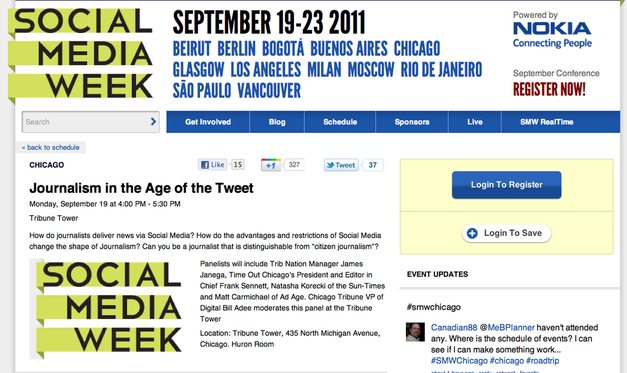
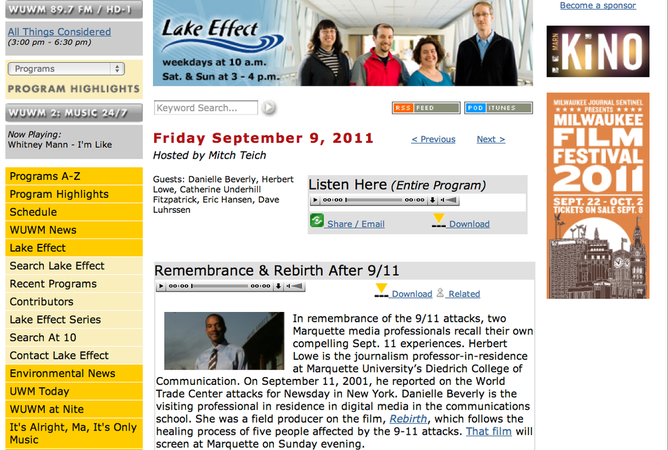
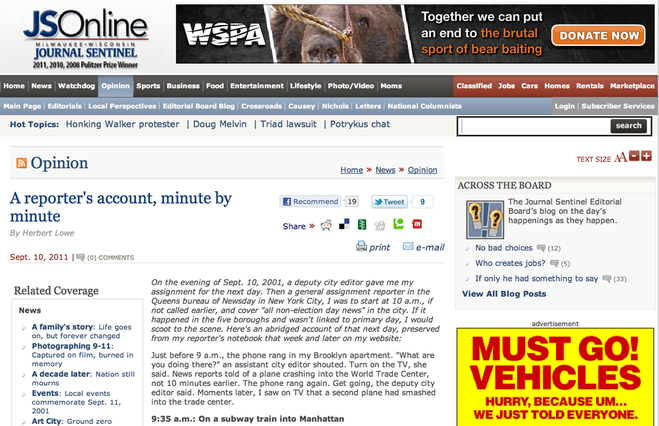
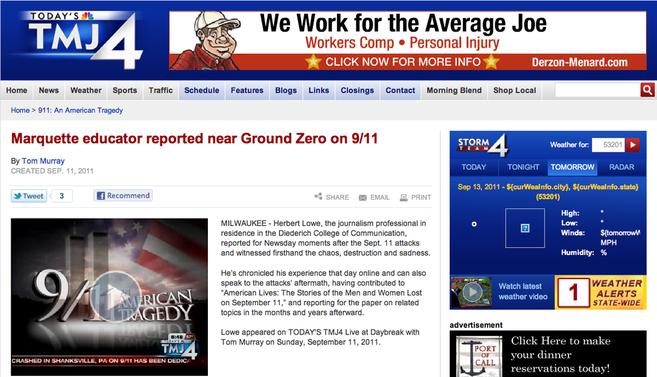
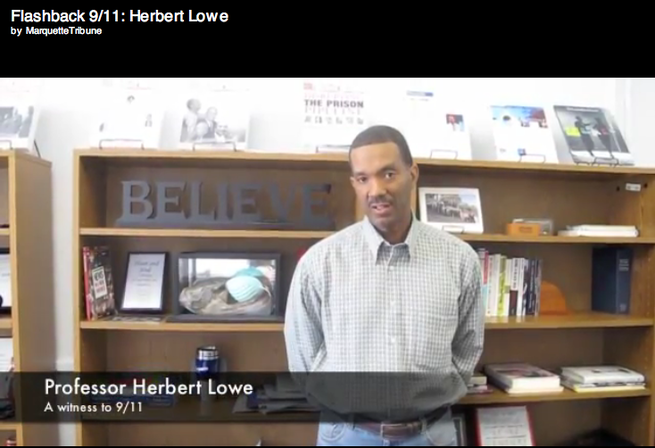
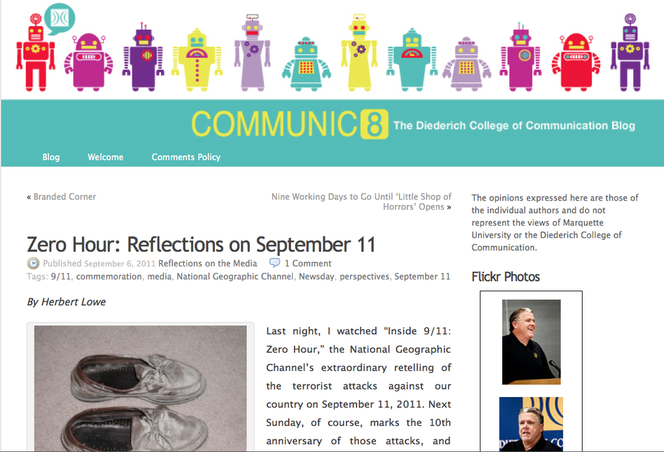
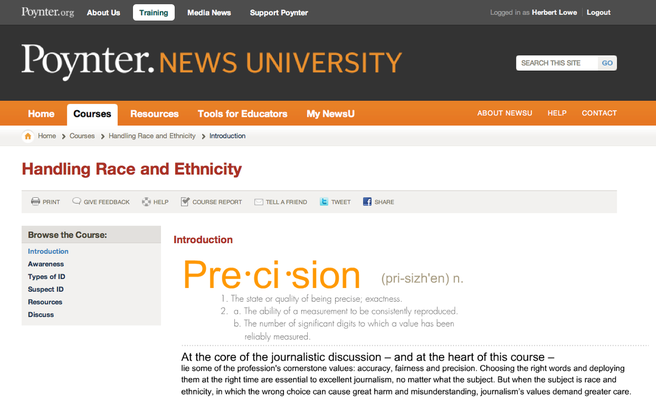
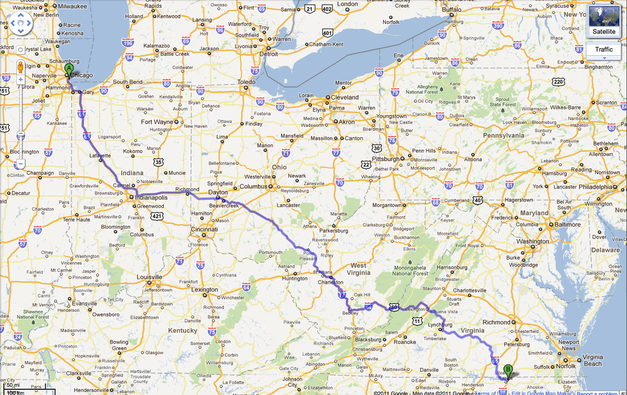
 RSS Feed
RSS Feed
